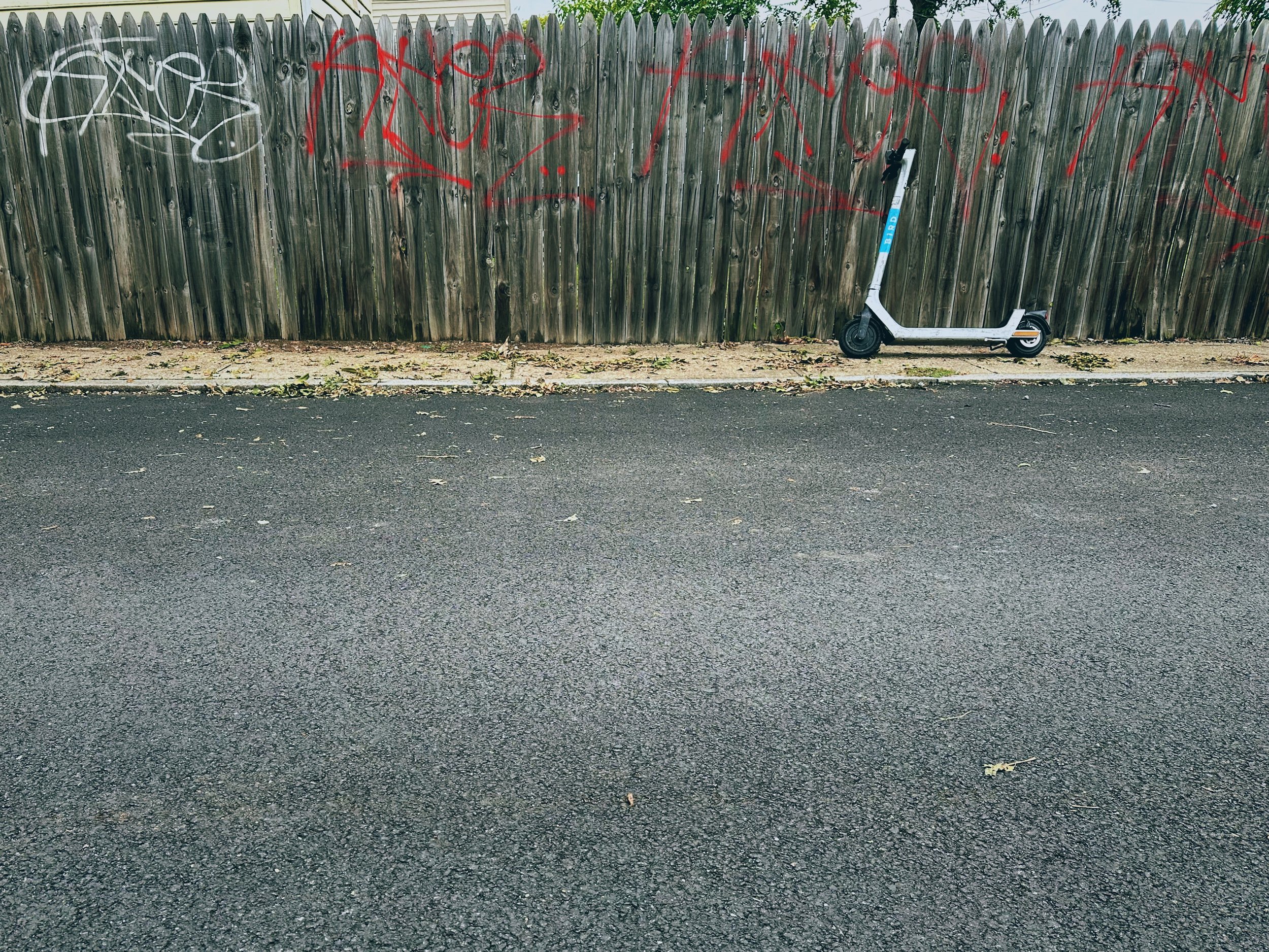Good morning, RVA! It's 61 °F, and today we’ve got more of the same: Highs near 70 °F and a cloudy sky. I’m sure by Saturday, when the weather does start to shift, I’ll be tired of the gray and the gloom, but, until then, I’m still just stoked on the cooler temperatures and the lack of a tropical storm!
Water cooler
@pastorhodge over on Twitter has pulled the average salaries for the Casino 2.0 project, and I think everyone should tap through and take a look. Super important note / caveat / thing to keep in mind: I couldn’t find the original PDF from which these screenshots come, but I still think it’s interesting enough dig into. Over the last couple of months, one of the narratives about the proposed Casino 2.0 has been that it will create lots of well-paying jobs. Depending on who’s speaking and who’s reporting, those jobs are sometimes described differently. Take a look at how the City’s Economic Development Director Leonard Sledge describes them in an NBC12 interview back in May: “‘1,300 great paying, direct jobs hired by the resort casino...’ The average pay, Sledge says, is around $55,000.” And now compare that with the text from Casino 2.0’s website: “The resort will create 1,300 new union backed careers that provide a pathway to the middle class with an average of more than $55,000 in annual compensation including benefits like healthcare and retirement.” Compensation does not equal Salary! What a critical distinction! In fact, the average salary for a Casino 2.0 job, according to these screenshots, is $42,195 in the first year, which then reduces to $35,600 in the following years. Only with the benefits package and only in the first year do you get anywhere close to $55,000. Just some quick context on those salaries, pulled from The Partnership for Housing Affordability: The Area Median Income in Richmond is $109,404, so these casino jobs might pay just 33% of the AMI. The average rent in South Richmond? $1,268! The math seems pretty brutal, with an individual’s rent possibly accounting for 42% of their living expenses. Maybe these are out of date numbers? Maybe the City has negotiated those higher wages out past the first year of operations (even though $42,000 is still just 39% of the AMI)? Maybe we’ll learn more today, because I keep getting press releases about an announcement this morning detailing a “significant development” related to casino jobs (press releases which, by the way, describe the jobs as “1,300 well-paying permanent careers averaging $55,000 in annual compensation”). I’d love to get the details straight, and if anyone has a link to this actual PDF, please send it along!
Last night City Council adopted all three of the papers I had my eyes on: ADUs everywhere (ORD. 2023-196), the new Airbnb regulations (ORD. 2023-235), and the resolution that gives Council’s support to using any theoretical Casino 2.0 money for childcare-related projects (including a Child Care and Education Trust Fund) (RES. 2023-R048). Those first two are pretty progressive pieces of legislation—especially for a city like Richmond which has sometimes tripped over itself while trying to take steps forward. I’m pretty happy about it all! It feels like Richmond’s got some serious momentum in the Planning department, and I hope they turn their hot hand to the next big project: Rewriting the zoning ordinance.
Bloomberg, in a rewrite of a StreetLight Data report, says, out of a bunch of big American cities, Richmond has the fifth highest growth in bike trips since 2019. As with any national publication who posts rankings without knowing how Virginia’s weird independent cities work, I raise a skeptical eyebrow—perhaps just halfway raised, though. Better to be on this end of a maybe-fake list than the other, right?
This morning's longread
How Lego bricks went from five colors to nearly 200
Another data visualization longread, this time from the Washington Post about Lego. I’ve spoiled the most interesting fact in the below excerpt, but still tap through to see how Lego’s color catalog has varied over the last 50 or so years.
The introduction of themes also marked the first time a Lego set included the yellow minifigure. The yellow minifigure introduced in 1978 was intended to be “ethnically neutral,” according to a Lego account of the history of the minifigure, and for decades almost all were yellow. That changed in 2003 when Lego released a minifigure for Lando Calrissian, a Black Star Wars character...Star Wars minifigures for human characters — like Luke Skywalker, for example — had been yellow up to that point. The decision to make Lando Calrissian’s skin brown was controversial among fans, according to Hinton, because the introduction of a Black minifigure in a world of yellow minifigures suggested that all yellow minifigures actually represented White skin tones.
If you’d like to suggest a longread to show up here, go chip in a couple bucks on the ol’ Patreon.
Picture of the Day
Urban bird.

